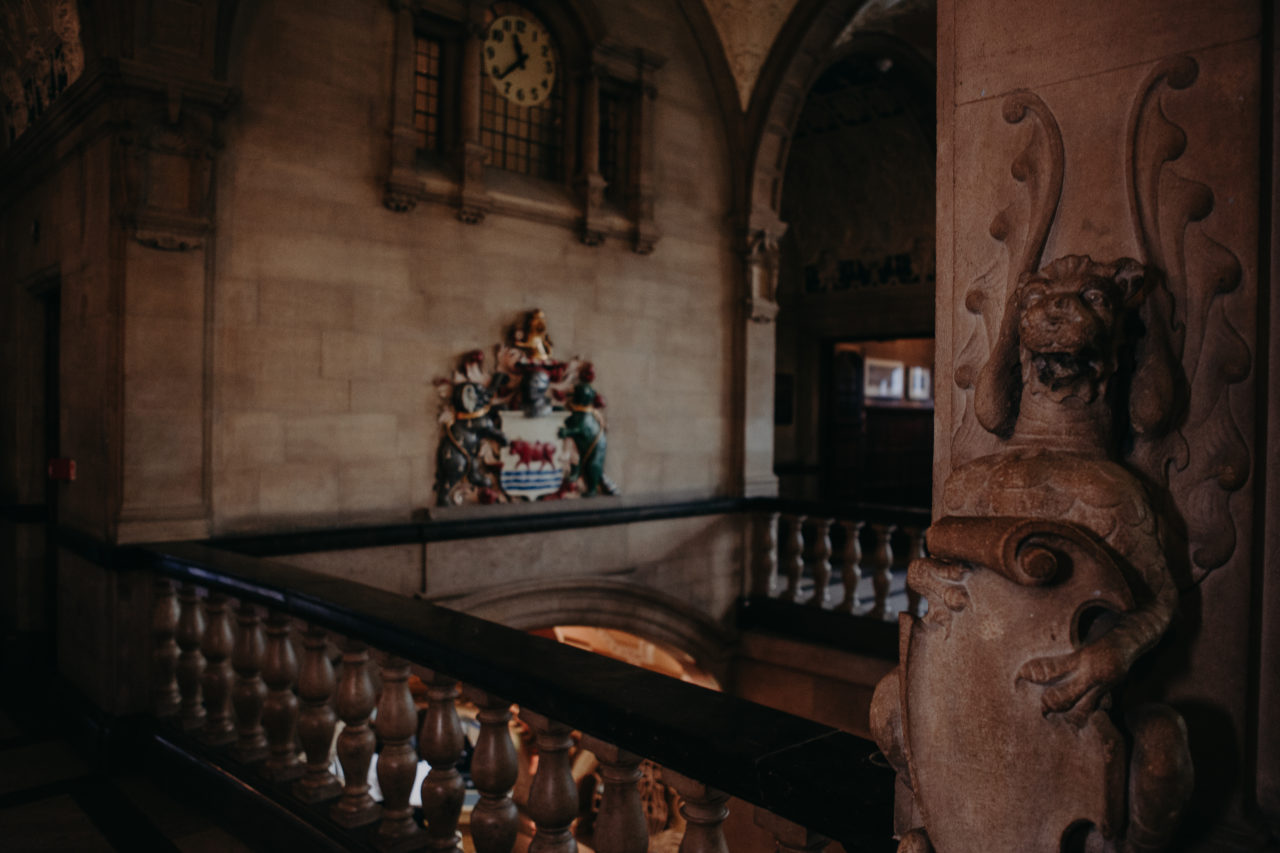A Sneak Peek at the New Museum of Oxford
In 2018 the Museum of Oxford embarked on a huge transformation project, to turn the museum into an award-winning museum and events space located right here in the Town Hall. We took some time out to talk to the museum team about the exciting plans for the museum, and asked for a sneak peek of what we can expect when the newly redeveloped Museum of Oxford opens to the public later this year.
What will the new museum look like?
The museum has spent the last few years undergoing a serious transformation, and while we’re giving you a sneak peek of what you can expect to see when it reopens, we can promise you it will look very different from the last time you saw it!
The museum is going to triple in size, with the number of exhibits increasing from 286 to 750 items on display! Many of these exhibits will feature in two new galleries on the ground floor as well as a new space called, Museum Makers. This space will encourage school children and communities to handle and create exhibits.
There will also be a small library in Museum Makers will allow space for families to learn more and do their own family research. With equipment that enables you to add your stories and objects to the collections, the new museum will be a truly interactive space to enjoy.
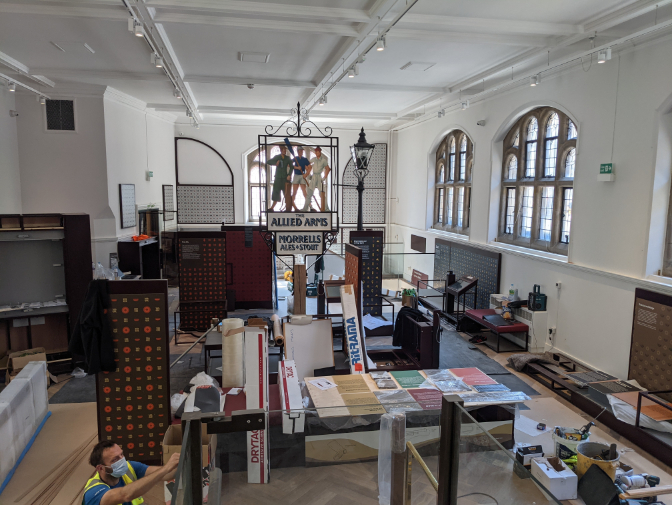
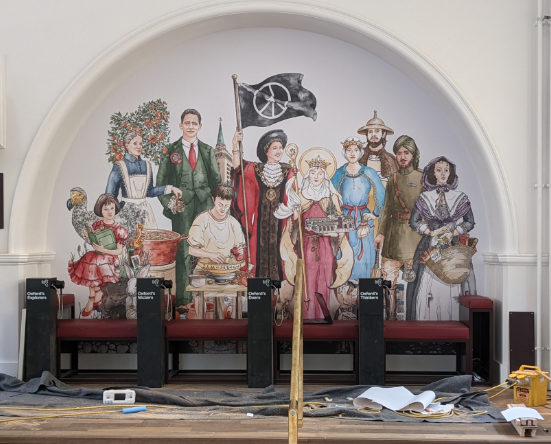
What can we expect to see?
The Museum will tell the story of Oxford, its people, and its communities through exhibits, objects, and oral histories. The ground floor features two new galleries displaying not only some fascinating pieces telling the story of Oxford, but state-of-the-art, interactive exhibits.
Three key themes will feature through the museum, which will give you a tantalising glimpse into what to expect from the new award-winning museum:
Every Community Leaves its Mark
From the Romans and Anglo-Saxons to Florence Park and the Cutteslowe Walls, this theme allows visitors to explore the changing landscape of Oxford as different people and communities have developed, moved in, or moved away from our city.
Right: A Florence Park Rent Book.
With industry booming in east Oxford, necessary expansion led to an area of farm and marsh land being developed into the Florence Park Estate in 1933. Many Welsh workers who moved to Oxford after the financial crash of 1929 rented houses here and it became known as ‘Little Wales’.
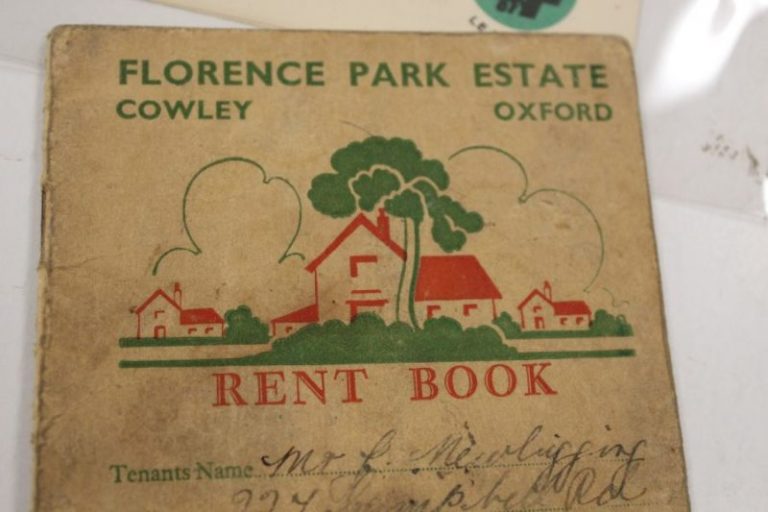
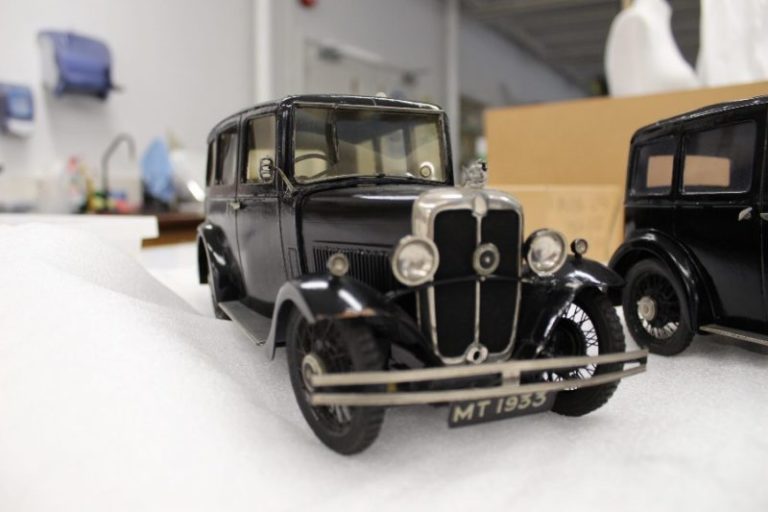
Changing City
Explore the ever-changing City of Oxford and examine Oxford during times of conflict as well as industry. You’ll soon discover that although Oxford has continuously changed with the times, the city has managed to retain its rich heritage.
Left: Model of the 1933 Morris 10
Morris’s first £100 car. This model was made for the 1933 Motor Show at Olympia in London.
Civic Pride
Are you as proud to live and work in Oxford as we are? This theme will explore the now famous Oxford ‘brand’. Explore and discover what makes the City such a special place to live, work, and study, all set in the surroundings of our magnificent Town Hall, where decisions are still made for the City…
Right: Penicillin culture vessel
This is one of the specially made culture vessels in which the fungus Penicillium Notatum was grown in Oxford. In 1940 Howard Florey and his team in Oxford carried out a crucial experiment on eight mice infected with lethal bacteria. The mice treated with penicillin survived.
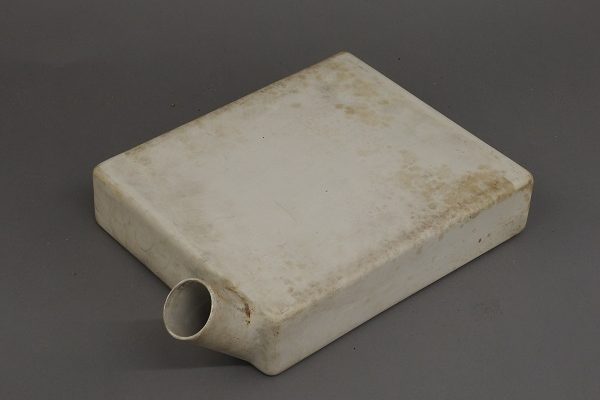
Want to find out more?
We can’t wait for you to see the new museum, but we have to keep you waiting a little longer. If you can’t wait to discover more about the museum and its fascinating collections, then you can have a look at their website.
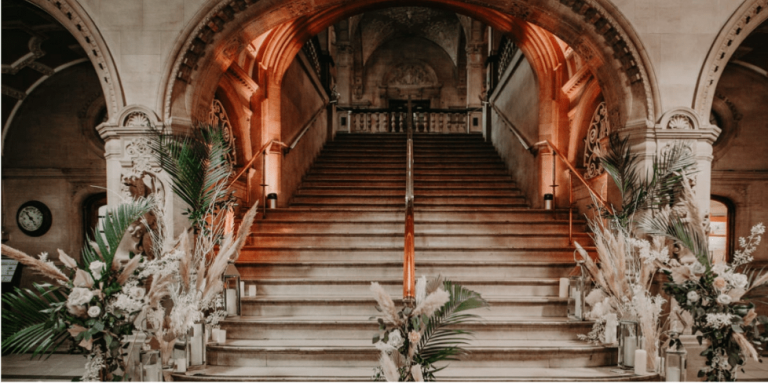
Don’t miss out again!
Subscribe to get regular updates from Oxford Town Hall straight to your email inbox!
